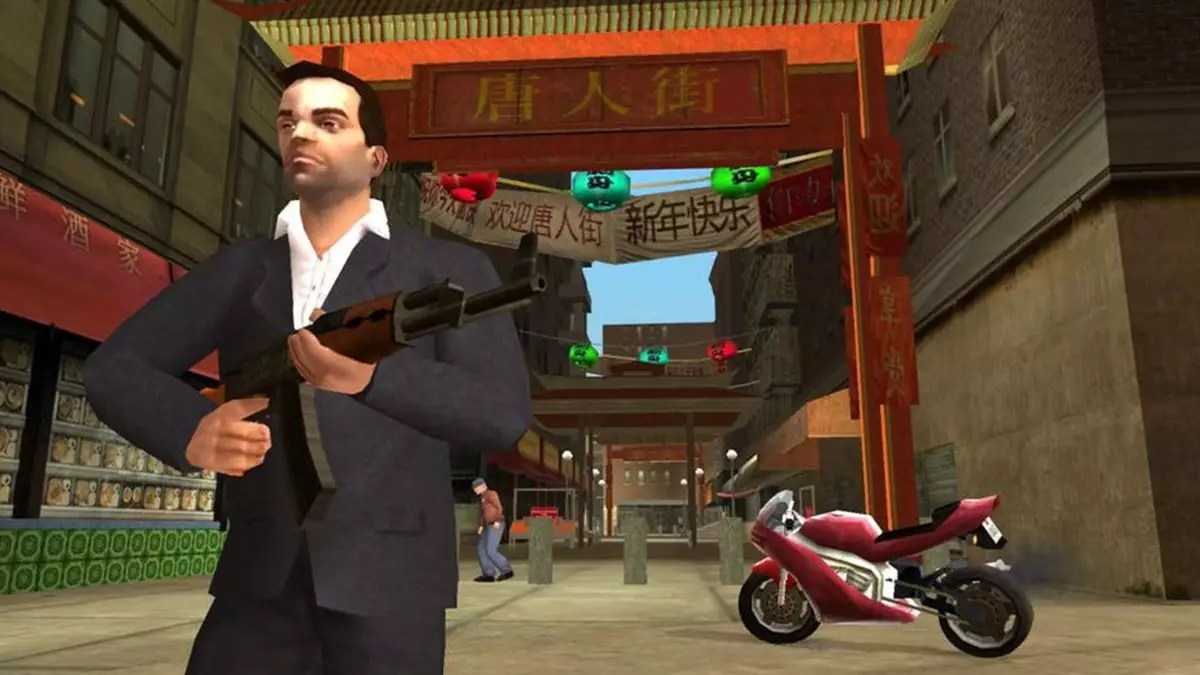The launch of “GTA: The Trilogy – The Definitive Edition” in 2021 stands as a lesson in mismanagement for Rockstar Games. Fans were left disillusioned and frustrated by a release that was riddled with bugs, poor graphics, and missteps that tarnished the legacy of three beloved titles. Yet, despite the early backlash, Rockstar didn’t abandon the project entirely. Over time, they made strides to rectify the myriad of issues that plagued the initial offering, demonstrating a commitment to their fanbase, albeit long after many had moved on. With whispers of “GTA 6” in the ether and a hopeful 2025 release window, nostalgia drives us to revisit previous installments. Among these classics, the underrated handheld gems “Liberty City Stories” and “Vice City Stories”—released for the PSP in 2005 and 2006—merit special attention and a contemporary remaster.
When Sony launched its wildly successful PlayStation Portable (PSP), it heralded a new era for gaming on the go. Among its standout titles were the two exceptional “GTA” spins: Liberty City Stories and Vice City Stories. These games weren’t mere adaptations of the original “GTA” experiences; they enriched the franchise with expansive narratives and fresh gameplay mechanics that expanded upon beloved locations. Liberty City Stories introduced players to a fully fleshed-out, 3D urban environment that had previously only been tantalizingly hinted at, while Vice City Stories allowed gamers to revisit the vibrant, neon-drenched streets that have become synonymous with 1980s crime lore. Both titles proved that the PSP could effectively deliver immersive gaming experiences that rivaled those of traditional home consoles.
While many players may view these handheld episodes as minor footnotes in the expansive “GTA” narrative, they are integral to understanding the evolution of the franchise. Unlike the flatter, more linear experiences often found in mobile adaptations, Liberty City Stories and Vice City Stories included features that would eventually permeate the more significant entries of the game. For instance, the inclusion of motorcycles and customizable clothing in Liberty City Stories revolutionized gameplay possibilities that built upon the foundational mechanics established in GTA III. Similarly, Vice City Stories not only incorporated enhanced gameplay but also revived essential elements like swimming and aerial vehicles, leaving a deep mark on the series’ lore and mechanics.
As game developers scramble to reclaim past titles for modern audiences, it is clear that there is a demand for innovative adaptations of classic games. The community’s interest in revisiting past iterations of iconic cities is palpable, underscored by the active pursuit of unofficial fans’ ports of Liberty City and Vice City into newer frameworks. The playful nostalgia for these games demonstrates that even a decade later, they have enduring qualities that resonate with long-time fans and new players alike.
Despite their humble beginnings, the games possess rich storytelling that has often been overlooked. Improving video game preservation regulations and practices is pivotal for ensuring that all titles, including those on handheld devices, maintain their rightful place in gaming history. In an age dominated by AAA franchises and large-scale remasters, it is alarming to see that these titles remain in limbo, given that they’ve already garnered a devoted following.
What seems to escape the understanding of many critics is that “GTA” has always been more than just chaotic sandbox gameplay. The narratives woven into the franchise are sharp, satirical, and often reflective of the human condition, earning them a significant place in gaming culture. The intricate storytelling of Liberty City Stories and Vice City Stories often gets overshadowed by the series’ notorious reputation, resulting in a misperception that they are mere distractions from the primary offerings. Characters like Toni Cipriani and Vic Vance bring depth and relatability that should not be sidelined when discussing the overarching saga of the “GTA” universe.
The games’ alignment in both tone and narrative toward their larger counterparts showcases the thoughtful world-building Rockstar Games has made a hallmark of its development philosophy. Players who overlook these stories miss out on critical character arcs and narrative elements that bridge key gaps in understanding the series’ overall progression from “San Andreas” to the anticipated next installment.
As the gaming landscape continues to evolve, the notion of bringing back titles like Liberty City Stories and Vice City Stories emerges as a compelling opportunity. With the right remastering approach, these gems could captivate a new generation of gamers while rekindling joy for long-time fans. As we await what’s next from Rockstar, it’s high time to recognize the importance of preserving and re-exploring the narrative and gameplay innovations that shaped the “GTA” series. These nostalgic experiences have the potential not only to enhance the franchise but also to solidify the legacy of handheld gaming in the annals of video game history.


Leave a Reply